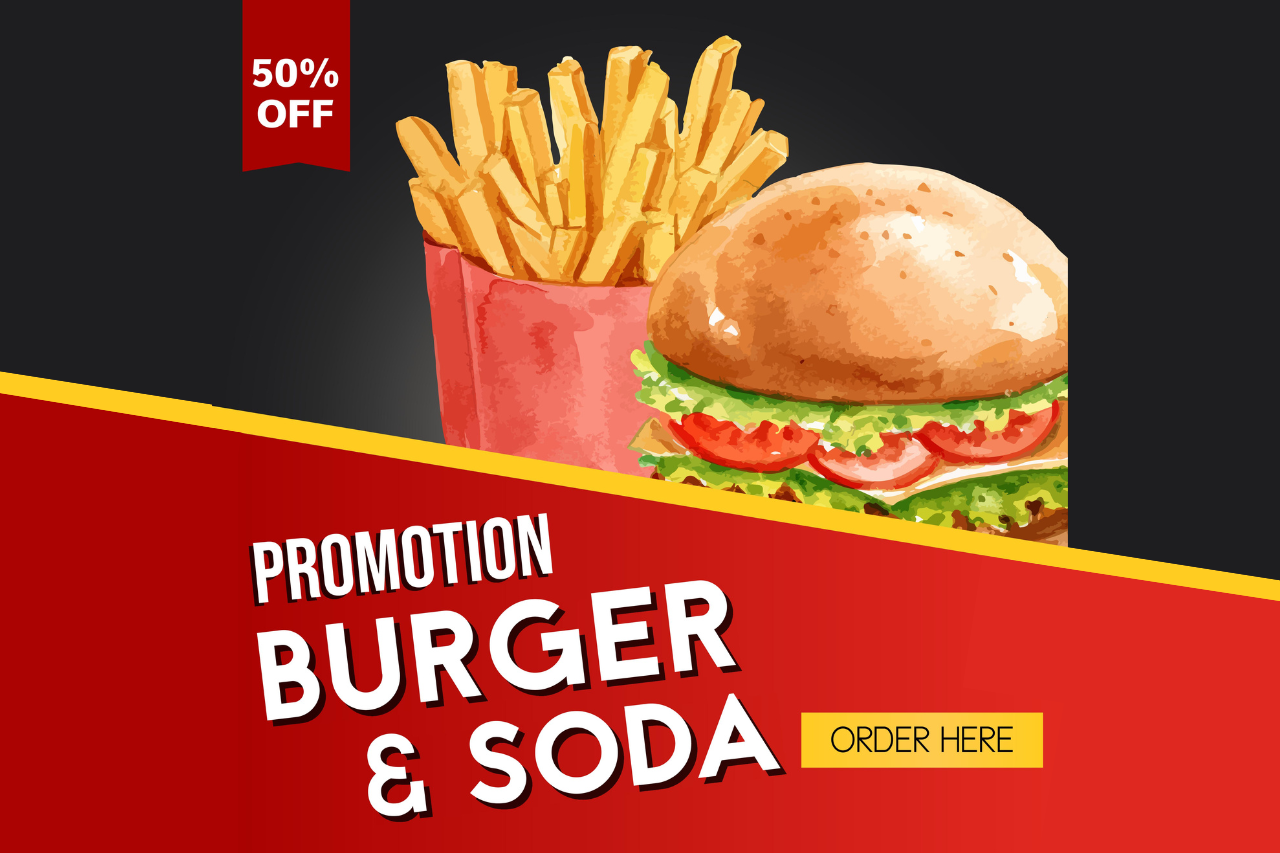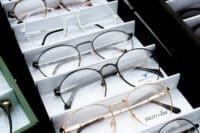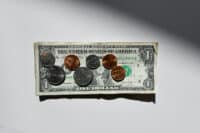Ads on television, magazines, newspapers, billboards, etc, even the internet, are so cleverly designed to lure us in to buy almost anything. It’s often a product unrelated to the lure that is being sold.
This was cleverly put in Money magazine’s February issue. They had a seducing image of supermodel, Petra Nemcova, and next to it was the question, “Does she make you want to buy junk bonds?” The source for the section was “Are People More Risk-Taking in the presence of the Opposite Sex?” by Patrick McAlvanah. He had done a study finding that pictures of the opposite sex (attractive/unattractive) increased a person’s risk tolerance level.
I remember participating in a survey, about 15 years ago, conducted in the middle of my local shopping mall. It was for a hand cream of a well-known brand name. I met the criteria to go further in the survey and so was asked to go back to their shop where they went further into the survey. I was given the hand cream to try and was shown different images that could be put on the bottle’s label. I was asked what my impression was of each label and which would influence me to be more agreeable to buying it.
I remember seeing one with little balls and lines going from ball to ball. To me, it looked like something scientific, like the DNA string or string of different elements put together to make up the hand cream. I remember responding that I thought the image looked scientific and so to me, I thought the brand looked like they used a specially formulated mix for the cream to perform the best for me, its user. It gave me some confidence in their brand that they had my best interests at heart and so I thought it would increase my likeliness of buying the product.
Now 15 years later, I find myself using a shampoo and conditioner with what I think is a scientific-looking image on it. I bought it because it was the lowest priced one on the shelf for the type of shampoo/conditioner I wanted (increases natural curls). I only realized what image was on it after using it for a few months. Did the image have any influence on me purchasing the shampoo/conditioner?
Many different strategies are used to influence what we will buy and each strategy can be cleverly related to the product or completely unrelated (like a sensuous supermodel selling tools, yes ladies use tools, but not how they are being used in the commercials). Here are some strategies used:
- opposite sex’s endorsement of the product
- shape of the container/label on the product
- placement on the shelves and location/isle in the store (especially the end of the isles or at the checkout)
- perceived sale price (the product was severely overpriced, to begin with, and now seems like a great buy at the sale price)
- imitation of some other well known/quality product
- degrading a competitors product while making their own sound great (my most unliked ploy for anything competitive)
- cheap price, but cheap quality to go with it (having to pay more in the long run because you have to repeatedly replace it)
- and the list goes on
When I go shopping with a list, it helps me avoid some of the lures and I try to keep my budget as low as possible. I purchase cheap brands where they are best for my budget. I avoid isles that I don’t need anything from. I compare how long it will take to use up one product compared to another (like Lucky Charms and Cornflakes, my girls go through the Lucky Charms much faster and it’s more expensive).
How do you keep yourself aware of these strategies and aware of why you are really buying the product/service?








Leave A Comment